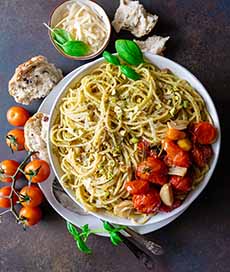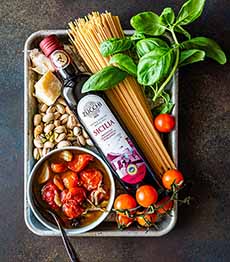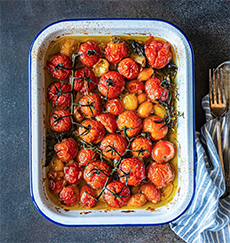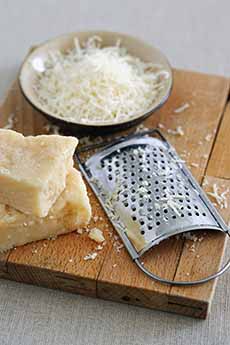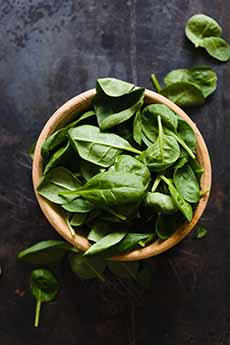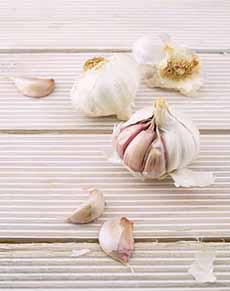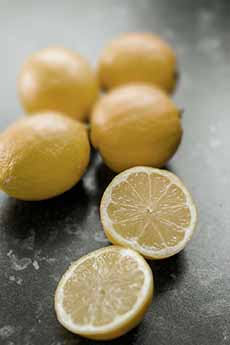Spaghetti With Pistachio Pesto Recipe & Tomato Confit Recipe
|
|
January 4th is National Spaghetti Day and we made this delicious Sicily-inspired pasta dish: Spaghetti With Pistachio Pesto & Tomato Confit. The ground pistachios create a creamy, nutty pesto, perfectly contrasted by the concentrated sweetness of homemade tomato confit (which replaces tomato sauce). It was a hit, and we’ll make it again next month: February 26th is National Pistachio Day. Thanks to Zucchi, a producer of fine extra virgin olive oils, for the recipe. We used their Sicilia IGP Extra Virgin Olive Oil in the recipe. > Here’s more about Zucchi olive oil. > What’s an IGP olive oil? See below. Made with 100% Sicilian olives, this extra virgin olive oil has an intense fruitiness and pungency. It boasts notes reminiscent of the island including oregano, wild fennel, and citrus. > The different types of pasta: a photo glossary. > The different types of pasta: a glossary. The tomato confit is optional, but highly recommended to create an extra-special dish. The confit can be prepared ahead of time, as can the pistachio pesto. Or, you can substitute sundried tomatoes. The difference: > Here’s a video of the recipe. For The Pistachio Pesto 1. MAKE the tomato confit (recipe below). It can be made a week in advance and stored in the fridge. 2. MAKE the pistachio pesto. Combine the pistachios, Parmigiano-Reggiano, basil, garlic, lemon juice, and salt in a food processor. Process until finely chopped. With the motor still running… 3. DRIZZLE in EVOO and keep blending until the mixture is creamy. Set aside. 4. COOK the spaghetti according to the package directions. Before draining the pasta, make sure to reserve about ½ cup of cooking liquid. 5. GENTLY HEAT the tomato confit it is warmed through (if it has been refrigerated). 6. COMBINE the cooked spaghetti, pistachio pesto, and ½ cup of reserved cooking liquid in a large bowl. Toss to make sure that the pesto covers the pasta evenly. 7. SERVE the pasta topped with warm tomato confit, extra parmesan cheese, and chopped pistachios. Drizzle with a little bit of EVOO before serving. Cherry tomatoes are slow-roasted with garlic, herbs, and a generous amount of olive oil, resulting in a condiment bursting with concentrated flavors. Tomato confit can be prepared ahead of time. Once cooled, spoon it into a jar or other tight-lidded container and store it in the fridge. Tomato confit is a lovely garnish or side for dishes beyond pasta: grilled or roasted meats and seafood, for example. You can also serve it with cheeses, and atop goat cheese crostini. Prep time is 5 minutes, and cook time is 1 hour 30 minutes. 1. PREHEAT the oven to 300°F. Place the tomatoes into a roasting pan, making sure that they fit snugly in one layer and are not piled up. 2. ARRANGE the garlic, rosemary, thyme, and basil between the tomatoes. Season with salt and drizzle with EVOO, making sure that the tomatoes are at least half covered in oil. 3. PLACE the roasting pan in the preheated oven and cook for 1½ hours. 4. SERVE the tomato confit on top of the pasta. When shopping for European food products, it’s common to see the acronym “IGP” or “PGI” on the label. IGP (Indicazione Geografica Protetta) or PGI in English (Protected Geographical Indication) is a special designation given by the EU to European food products that are closely linked to a geographical area. In order for a product to have the IGP designation, at least one of the stages of production, processing, or preparation must take place in the specified area. For example, a Sicilian IGP extra virgin olive oil is made from olives harvested only in Sicily. The olives are pressed, blended, and bottled in Sicily as well. Similarly, a Tuscan IGP extra virgin olive oil is made from olives harvested only in the region of Tuscany. The olives are pressed, blended, and bottled in Tuscany. Only under these conditions can the olive oil claim IGP status. There are also other technical and sensory requirements that an IGP-labeled olive oil must meet, including: The IGP label is used to protect the heritage of great food products, and to assure consumers that they’re getting the genuine item. It prevents producers from elsewhere from imitating a traditional product with one that falls short of the iconic original. It’s commonly applied to food products with a rich tradition such as wine, cheese, charcuterie, balsamic vinegar, olive oil, and even unique fruits and vegetables. For every product, there’s a quality control committee (a consorzio, or consortium) that thoroughly tests and reviews the product for its authenticity. A panel of experts thoroughly reviews and tests every batch of products applying for IGP status. It’s a rigorous process. It’s simple: Look for the seal somewhere on the product label. The IGP symbol is a blue and yellow starburst circle containing the words: Indicazione Geografica Protetta, Protected Geographical Indication, or whatever—see below [source].
Note that obtaining certification is a somewhat costly and bureaucratic procedure. Some smaller estates may produce excellent olive oil yet not have the certification. Regardless of designation, olive oil should have a “best by” date. The fresher the olive oil, the better. By putting a “best by” date on a bottle, the producer asserts that that under proper storage conditions, the oil will good through that date. If there’s no date on the bottle, pass it by. |
|
|
CHECK OUT WHAT’S HAPPENING ON OUR HOME PAGE, THENIBBLE.COM.
|
||
